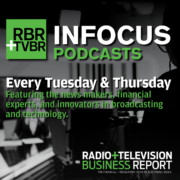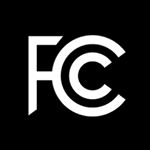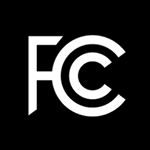In late October 2021, the FCC introduced “MB Docket No. 21-422” — a docket focused on “Updating FM Broadcast Radio Service—Directional Antenna Performance Verification.”
It’s the result of Sinclair Broadcast Group-owned Dielectric, which submitted a Petition for Rulemaking with the Commission after how in September 2021 it literally changed how FM broadcast antenna manufacturers can validate directional pattern studies for new FM broadcast antennas.
Now, a vote is scheduled for the May Open Meeting on Thursday.
If the full Commission approves the rules, a move from physical to AI-driven simulated modeling could come to fruition.
 Dielectric executive Keith Pelletier (pictured, top left) recently discussed the proposal with RBR+TVBR Editor-in-Chief Adam R Jacobson in a recent InFOCUS Podcast, presented by dot.FM. To listen to the podcast, simply click here.
Dielectric executive Keith Pelletier (pictured, top left) recently discussed the proposal with RBR+TVBR Editor-in-Chief Adam R Jacobson in a recent InFOCUS Podcast, presented by dot.FM. To listen to the podcast, simply click here.
At the May Open Meeting, the Commissioners will consider a Report and Order to allow applicants proposing directional FM antennas the option of verifying the directional antenna pattern through computer modeling.
It’s the first radio or TV industry rulemaking in months for the FCC, which has been focused on broadband issues and combating robocalls under the leadership of Jessica Rosenworcel thus far. With a 2-2 deadlock at the Commission and fading hopes that Gigi Sohn will be sat, giving Democrats a majority, it’s no surprise that broadcast media regulatory policy is largely frozen.
For MB Docket No. 21-422, the NAB requested an extension of the comment and reply comment filing deadlines. Why? The NAB stated that, in the Joint Petition for Rulemaking on which the NPRM was based, the Joint Petitioners included a technical exhibit comparing the results of computer modeling using one commercial software product with the physical measurements taken from an FM directional antenna mounted on one particular type of tower. The NAB believed that the record would “significantly benefit from additional technical information involving common tower structures and other commercial software products.”
However, while the NAB stated it reached out to broadcasters, consulting engineers, and antenna manufacturers to provide such technical data for the record, the end-of-year holiday season meant that many potential commenters will be on vacation, with their offices closed.





